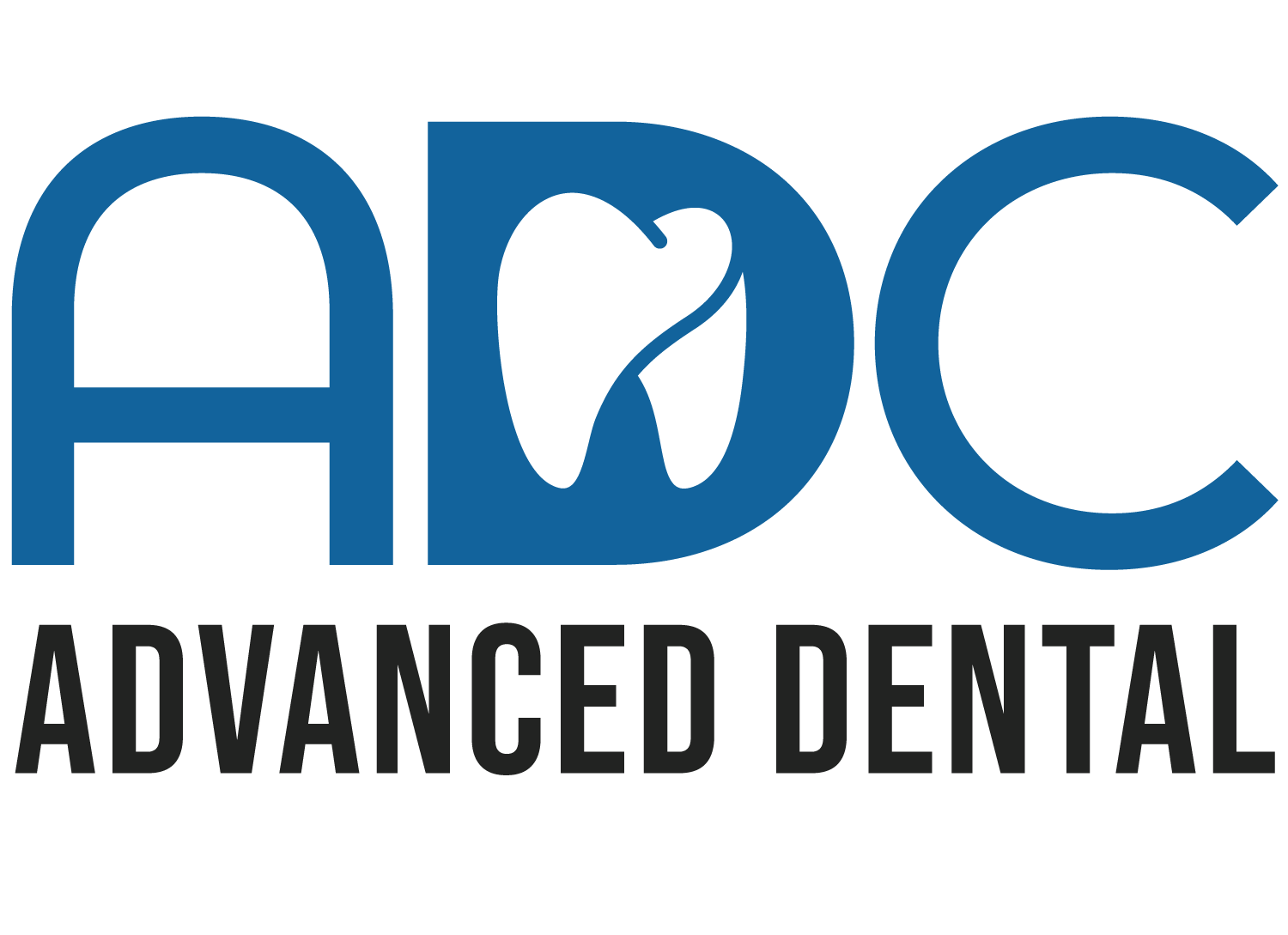We are in network and accept most HMO and PPO plans as well Medi-Cal Denti-Cal, medical PPOs as well Medicare Part B PPO.
Below, you will find a list of some of the contracted and accepted dental insurance companies.
Please contact us if you do not find the name of your dental insurance company.
- Aetna
- Ameriplan
- Assurant Employee Benefits (Now Sun Life)
- Avesis
- BlueCross BlueShield
- Cigna
- DeCare Dental Health Insurance
- Delta Dental of California
- Dental Benefit Providers of California
- Dental Health Alliance
- Dentegra
- First Dental Health PPO
- GEHA
- Guardian
- Liberty Dental Plan
- MetLife
- Premier Access
- Premier Access Insurance (CA)
- Principal
- Principal Financial Group
- Tricare Retiree Dental Program
- United Healthcare

